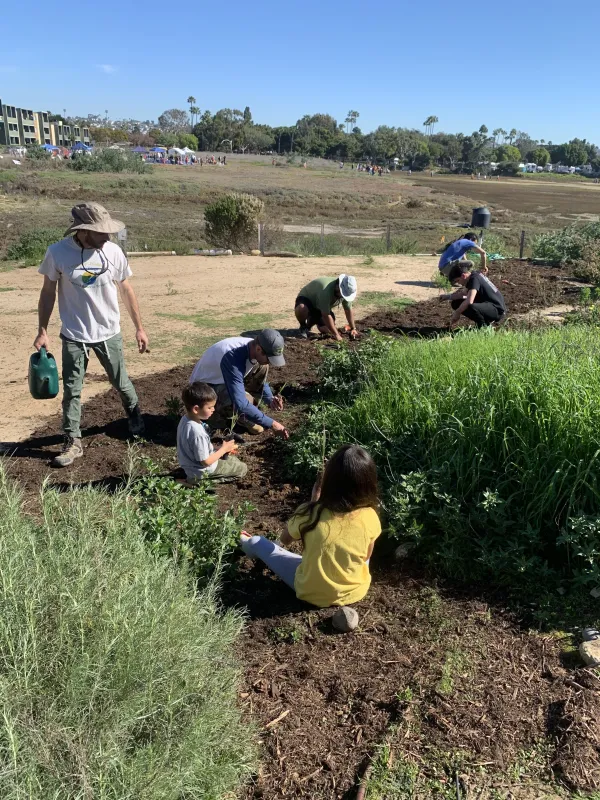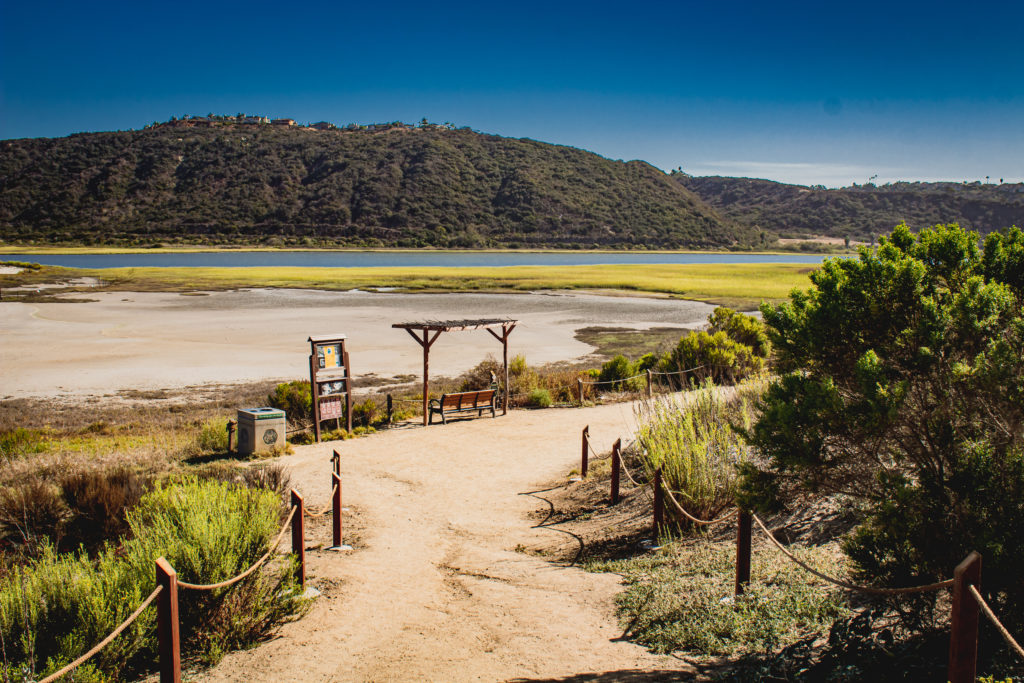The Resilient Wetlands Campaign
Preserving the Future of Coastal Ecosystems
Coastal Salt Marshes
Coastal marshes are an essential component of a healthy coastline. Marshes provide habitats for many kinds of invertebrates, fish, amphibians, waterfowl and aquatic mammals. This biological productivity means that marshes contain a significant amount of sequestered carbon. Moreover, they have an outsized influence on climate resilience of coastal areas and waterways – absorbing high tides and other water changes due to extreme weather.
Salt marshes are most commonly found in lagoons and estuaries. These locations allow the marshes to absorb the excess nutrients from the water running through them before it reaches the oceans. Coastal development and urban sprawl has caused significant loss of these essential habitats. Most coastal marshlands are now threatened by sea level rise and associated erosion.
A major shift in our approach to wetland recovery must be away from protecting only areas that are currently wetland, to also protecting areas that are currently upland but will be wetland in the future. The upland edges of tidal wetlands provide unique habitats, refuge for marsh wildlife, access to food and other resources, and serve the crucial role of providing space for wetland expansion. But much of these wetland-upland transition zones have been lost to development. Without wetland expansion, sea-level rise will convert coastal wetlands into mudflats and subtidal habitats, altering the appearance and functions of wetlands as we know them, and placing additional sensitive infrastructure in the path of rising waters. A high priority for conservation must be to protect remaining transition zones for adaptation to sea level rise.
Considering that wetland restoration can take up to 20 years after completion to achieve a fully functioning coastal wetland, planning for restoration projects needs to begin immediately.
The ECOSD Resilient Wetlands Campaign
The ECO San Diego Resilient Wetlands Campaign supports conservation and restoration of upland areas needed for future wetland expansion and migration. It is intended as one component of a much larger regional campaign based on the State and Federal 30×30 campaigns. While those campaigns cover a multitude of habitat types, the Resilient Wetlands project is focused on conservation and restoration of upland areas needed for future coastal wetland expansion and migration.
Wetlands included in this project are:


Public Access
Access to nature is critical to human health and well-being. People with access to the outdoors experience the health benefits of physical activity, social interaction, and reduced stress and decreased exposure to noise, air pollution, and extreme heat. But this access is not equitably distributed. One out of every four Californians — 9.5 million residents — does not have a public park or open space within walking distance of their home. Working toward allowing wetland expansion also provides an opportunity to expand outdoor access and recreation for all Californians and prioritize expansion where it is most needed.